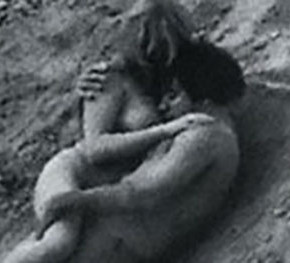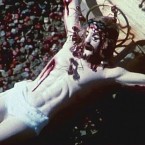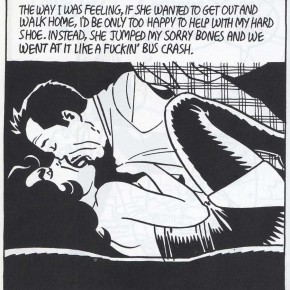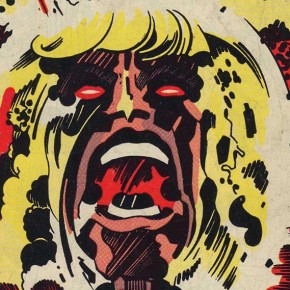
Antonioni and Buñuel: The Ground of Being
Thematic connections and similarities can be seen between scenes in films by the Spaniard Luis Buñuel and multiple works by the Italian Michelangelo Antonioni. Two of the 20th century’s greatest directors, Buñuel and Antonioni competed for recognition and took turns winning the same awards on alternative years at film festivals. For example, Antonioni’s L’Eclisse competed...

Wojnarowicz’s Apostasy
“Ants are the only insects to keep pets, use tools, make war and capture slaves.” — David Wojnarowicz A Fire in My Belly, a film with a depiction of fire ants swarming over a crucifix, was removed from the Hide/Seek exhibition at the National Portrait Gallery of the Smithsonian through the intercession of the president...

Exes and Ohs
Jaime Hernandez uses the temporal flexibility of the comics medium to work like memory: moments that are far separated in time recontextualize when put in proximity to each other. He shows that the ways people treat each other resonate unpredictably through their lives. In the world he has built on paper and in ours, passion...

Kirby: Approaching the Threshold
The status of American comics pioneer and creative fount Jack Kirby slipped badly in the space of a few short years in the early 1970s. His highly successful resume at Marvel had led DC to promote his defection to them as their greatest triumph, but their support quickly waned. There was some resentment directed at...





